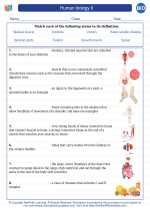Biology: Transport
Transport is a vital process in living organisms, facilitating the movement of substances such as nutrients, gases, and waste products within the body. In this study guide, we will explore the key concepts related to transport in living organisms.
Types of Transport
There are several types of transport mechanisms that operate in living organisms:
- Diffusion: This is the movement of substances from an area of high concentration to an area of low concentration, down a concentration gradient.
- Active Transport: This process requires energy and involves the movement of substances against their concentration gradient, from a region of lower concentration to a region of higher concentration.
- Osmosis: Osmosis is the diffusion of water across a selectively permeable membrane, from a region of lower solute concentration to a region of higher solute concentration.
- Passive Transport: This includes diffusion and osmosis, and does not require energy input from the cell.
- Bulk Transport: Involves the transport of large molecules and solid clumps of materials into or out of the cell using vesicles.
Transport in Plants
Plants have specialized transport systems for the uptake of water and nutrients, as well as the distribution of these substances throughout the plant:
- Xylem: Responsible for transporting water and mineral nutrients from the roots to the rest of the plant.
- Phloem: Transports sugars produced during photosynthesis from the leaves to other parts of the plant.
Transport in Humans
In humans, the cardiovascular system plays a central role in the transport of substances throughout the body:
- Heart: Acts as the pump that circulates blood throughout the body.
- Blood Vessels: Arteries, veins, and capillaries form a network for the distribution of blood, allowing for the exchange of substances with tissues.
- Blood: Carries oxygen, nutrients, hormones, and waste products to and from cells.
Study Tips
When studying the topic of transport in biology, consider the following tips:
- Understand the concepts of diffusion, active transport, and osmosis, and be able to differentiate between these processes.
- Explore the structure and function of xylem and phloem in plants, and the role of the cardiovascular system in humans.
- Use diagrams and visual aids to illustrate transport mechanisms and systems in living organisms.
- Apply the concepts to real-life examples, such as the transport of oxygen in the human body or the movement of water and nutrients in plants.
- Practice answering questions related to transport, and consider conducting experiments or demonstrations to reinforce your understanding.
By mastering the principles of transport in living organisms, you will gain a deeper insight into the essential processes that sustain life.
[Transport] Related Worksheets and Study Guides:
.◂Biology Worksheets and Study Guides High School. Human biology II
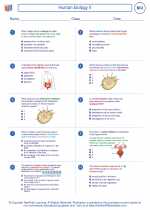
 Worksheet/Answer key
Worksheet/Answer key
 Worksheet/Answer key
Worksheet/Answer key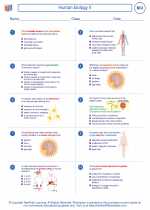
 Vocabulary/Answer key
Vocabulary/Answer key
 Vocabulary/Answer key
Vocabulary/Answer key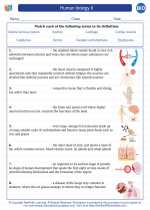
 Vocabulary/Answer key
Vocabulary/Answer key
 Vocabulary/Answer key
Vocabulary/Answer key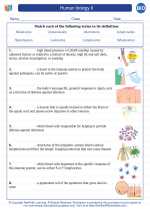
 Vocabulary/Answer key
Vocabulary/Answer key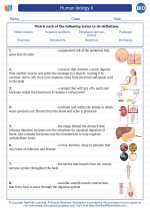
 Vocabulary/Answer key
Vocabulary/Answer key
 Vocabulary/Answer key
Vocabulary/Answer key